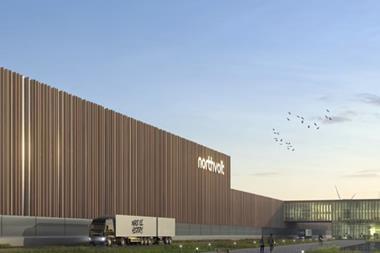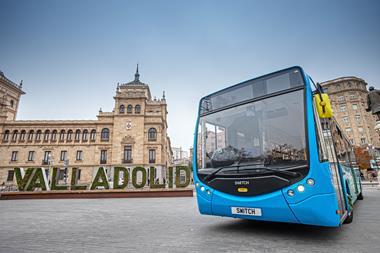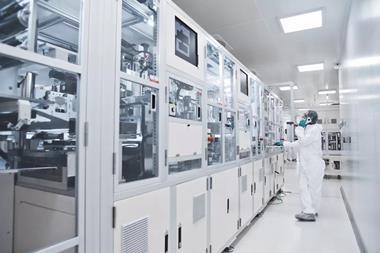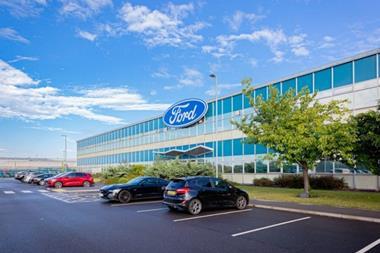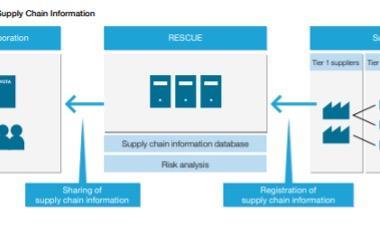European automotive manufacturing in an age of disruption
By Jason Dunn2022-04-04T11:21:00
European automotive production is in a state of flux and continued disruption. The accumulative impact of continuing coronavirus-related problems, the prominence of Asian productivity, and now war threatens to cause further damage to automotive manufacturing, Jason Dunn reports.
A lack of availability of semiconductors, factory closures due to local infection breakouts, and a drop in demand for vehicles due to lockdowns has been highlighted by OEMs and Tier suppliers in recent years as the main problems from which the automotive industry is trying to recover.
Questions of mitigating the log jams in global manufacturing surrounding the COVID-19 pandemic have become the industry priority in recent years. The temporary idling of output could be seen as largely coming to an end, with OEMs essentially seeing later 2021 and 2022 as the time when they would open their factory doors.































